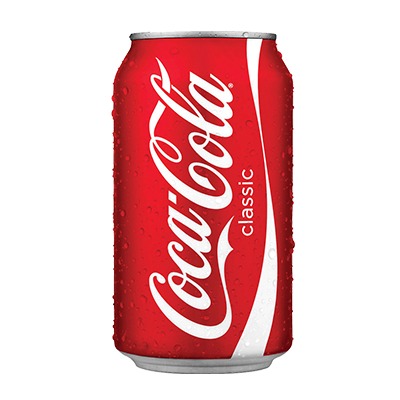Coca-Cola Recalls Products Due to High Chlorate Levels
Coca-Cola has issued a recall for certain products in the Benelux region, Britain, Germany, and France after detecting excessively high levels of chlorate in its cans and glass bottles. Here’s what you need to know about chlorate, how it ends up in food and drinks, and the potential health risks.
Key Points to Know
- Coca-Cola has recalled several beverages due to chlorate contamination.
- Chlorate is a byproduct of chlorine-based disinfectants used in food and drink production.
- Consuming chlorate poses a low to moderate health risk, especially for children.
What’s Happening?
The recall comes at a challenging time for Coca-Cola, which recently announced the launch of a new flavor, Coca-Cola Orange Cream, set to hit the US market in February. The affected products include Coca-Cola, Sprite, Fanta, Fuze Tea, Minute Maid, Nalu, Royal Bliss, and Tropico.
How to Check if Your Product is Affected:
Look for production codes ranging from 328 GE to 338 GE on the cans or bottles.
What is Chlorate?
Chlorate is a salt derived from chloric acid, a compound containing chlorine and oxygen. It often forms as a byproduct when chlorine-based disinfectants are used in food and drink production, including water system sanitation. While these disinfectants help keep production processes clean, they can leave behind chlorate residues in the final products.
- In the EU: Sodium and potassium chlorates were once used in pesticides but are now banned.
- In the US: Sodium chlorate is still permitted in certain applications, with the Environmental Protection Agency (EPA) stating there is no immediate concern.

Health Risks of Chlorate
Coca-Cola has stated that low levels of chlorate are commonly found in everyday foods and beverages, such as fruits, vegetables, dairy products, and drinking water. The company claims that independent expert analysis suggests the risk to consumers is very low.
However, the European Food Safety Authority (EFSA) has raised concerns about chronic exposure to chlorate, particularly for children and individuals with mild to moderate iodine deficiency. Long-term exposure can temporarily affect thyroid hormone levels, though this effect is reversible.
- Tolerable Daily Intake (TDI): The EFSA recommends a maximum daily intake of 3 micrograms of chlorate per kilogram of body weight.
- One-Time Consumption: The German Federal Institute for Risk Assessment (BfR) states that a single exposure is generally not considered harmful.
Where Else is Chlorate Found?
Chlorate is not exclusive to Coca-Cola products. It has been detected in:
- Frozen vegetables
- Fruit juices
- Lettuce and herbs
- Drinking water
According to the EFSA, drinking water is the primary source of chlorate in the diet, contributing up to 60% of chronic exposure in infants. The World Health Organization (WHO) recommends a maximum limit of 0.7 milligrams of chlorate per liter of water for safe consumption.
What Should You Do?
If you have any Coca-Cola products with production codes between 328 GE and 338 GE, stop consuming them and return them to the place of purchase for a refund. For further questions, contact Coca-Cola’s customer service.
